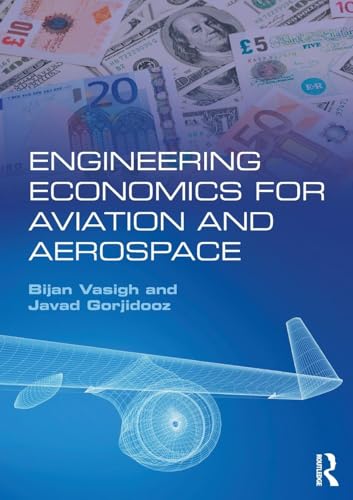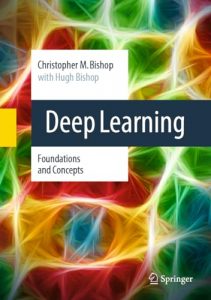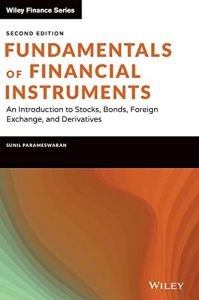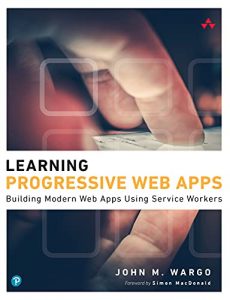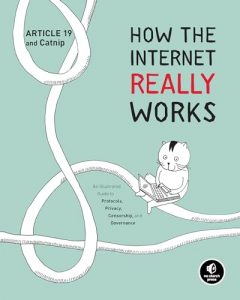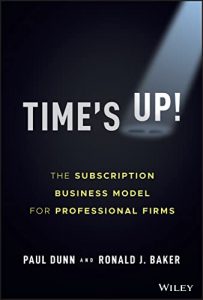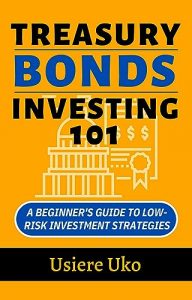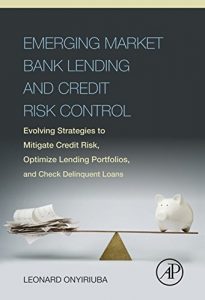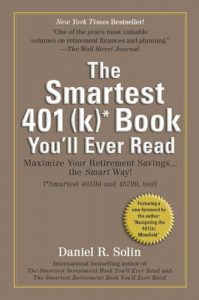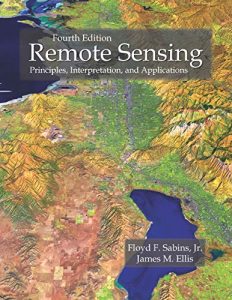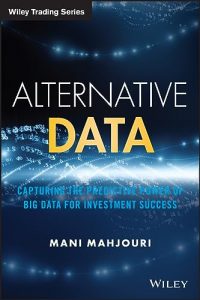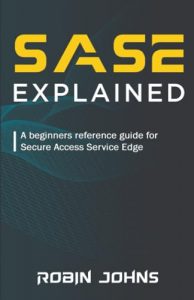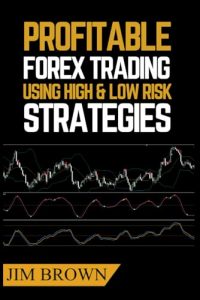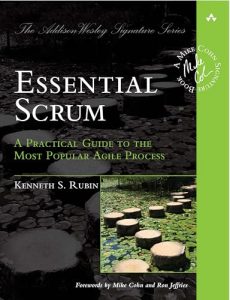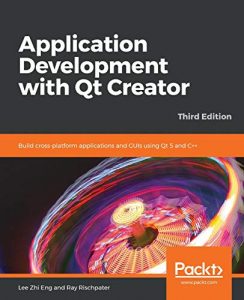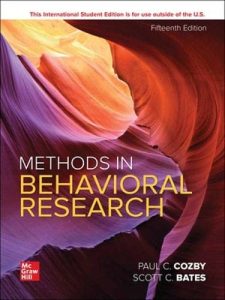1. Engineering Economics for Aviation and Aerospace
Authored by Bijan Vasigh and Javad Gorjidooz, this essential book provides an in-depth understanding of engineering economics specifically tailored for the aviation and aerospace industry. The authors expertly blend theoretical concepts with real-world applications, making this book invaluable for students and professionals alike. The book covers critical topics such as cost estimation, investment analysis, and economic decision-making processes, ensuring readers are well-equipped to tackle the economic challenges faced in this specialized field. It’s a must-read for anyone looking to deepen their knowledge in aviation economics.

2. Money Changes Everything: How Finance Made Civilization Possible
William N. Goetzmann’s “Money Changes Everything” provides a captivating exploration of the role finance has played in shaping human civilization. This book delves into the historical evolution of money and financial systems, shedding light on how these elements have influenced social structures, economies, and cultural interactions. It’s an enlightening read for anyone interested in understanding the profound impact of finance on society’s development and prosperity.

3. Cost-Benefit Analysis
In “Cost-Benefit Analysis”, authors Harry F. Campbell and Richard P.C. Brown provide a comprehensive guide to making rational economic decisions through evaluating potential costs and benefits. This book equips readers with necessary tools to conduct thorough analyses applicable across various sectors, ultimately making it an insightful read for economists, policymakers, and business leaders. It is an essential reference for anyone involved in economic evaluation and public policy.

4. Reading and Understanding Financial Statements
John Cousins’ “Reading and Understanding Financial Statements” serves as a straightforward guide for anyone looking to enhance their financial literacy. This book simplifies complex topics by breaking down financial statements in an easily digestible manner. Readers will learn to interpret balance sheets, income statements, and cash flow statements, vital skills for making informed financial decisions. It’s an indispensable resource for students, investors, and small business owners.

5. A Spiral Approach to Financial Mathematics
Authors Nathan Tintle, Nathan Schelhaas, and Todd Swanson present “A Spiral Approach to Financial Mathematics”, which introduces readers to financial concepts through an innovative and engaging pedagogy. The book emphasizes a spiral learning technique, allowing for reinforced understanding and application of mathematical concepts in finance. This is a powerful tool for students sequentially building their knowledge of financial mathematics and its practical implementations.

6. An Introduction to the Discount Factor Models: Towards Stocks
In his book, “An Introduction to the Discount Factor Models: Towards Stocks”, Alexander Hübbert provides newcomers to investment strategies with a clear path to understanding discount factors and their impact on stock valuation. This book demystifies the complexities of financial modeling, allowing readers to critically analyze market trends and make informed investment decisions. It’s a valuable resource for both novice investors and seasoned financiers looking to refine their analytical skills.

7. The Capital Budgeting Process
Shahid Ansari’s “The Capital Budgeting Process” is a critical guide for decision-makers in both business and public sectors. It emphasizes the importance of making strategic capital investments through comprehensive budgeting techniques. The book details essential processes involved in capital budgeting, enabling readers to allocate resources effectively and prioritize projects that yield long-term benefits. This book is a crucial tool for financial managers and investors seeking to enhance their capital management skills.

8. Lending to the Borrower from Hell: Debt, Taxes, and Default in the Age of Philip II
“Lending to the Borrower from Hell” by Mauricio Drelichman and Hans-Joachim Voth presents a fascinating historical analysis of debt and default during a tumultuous period. This book utilizes the case of Philip II’s reign to explore broader economic themes such as the implications of debt, taxation, and financial strategy. The engaging narrative not only captivates history buffs but also provides profound insights for economists and financial analysts looking at the historical context of today’s economic challenges.

9. Smart Passive Income: Create Wealth and Passive Income Through Smart Investing
Patrick Ejeke’s “Smart Passive Income” integrates two valuable guides into one remarkable resource. This book outlines strategies for generating passive income and building wealth through savvy investments and side hustle ideas. Ejeke’s engaging style and practical approach empower readers to take control of their financial future effectively. This dual-guide approach makes it a must-read for aspiring entrepreneurs and anyone interested in boosting their income streams.

10. Engineering Economics
J. K. Yates’ “Engineering Economics” is a widely recognized textbook that introduces readers to the fundamental principles of economic analysis in engineering. This book emphasizes decision-making processes and feasibility studies, while also offering insights into alternative solutions to engineering projects. It’s a crucial resource for engineering students and professionals who seek to integrate economic reasoning into their technical work.


